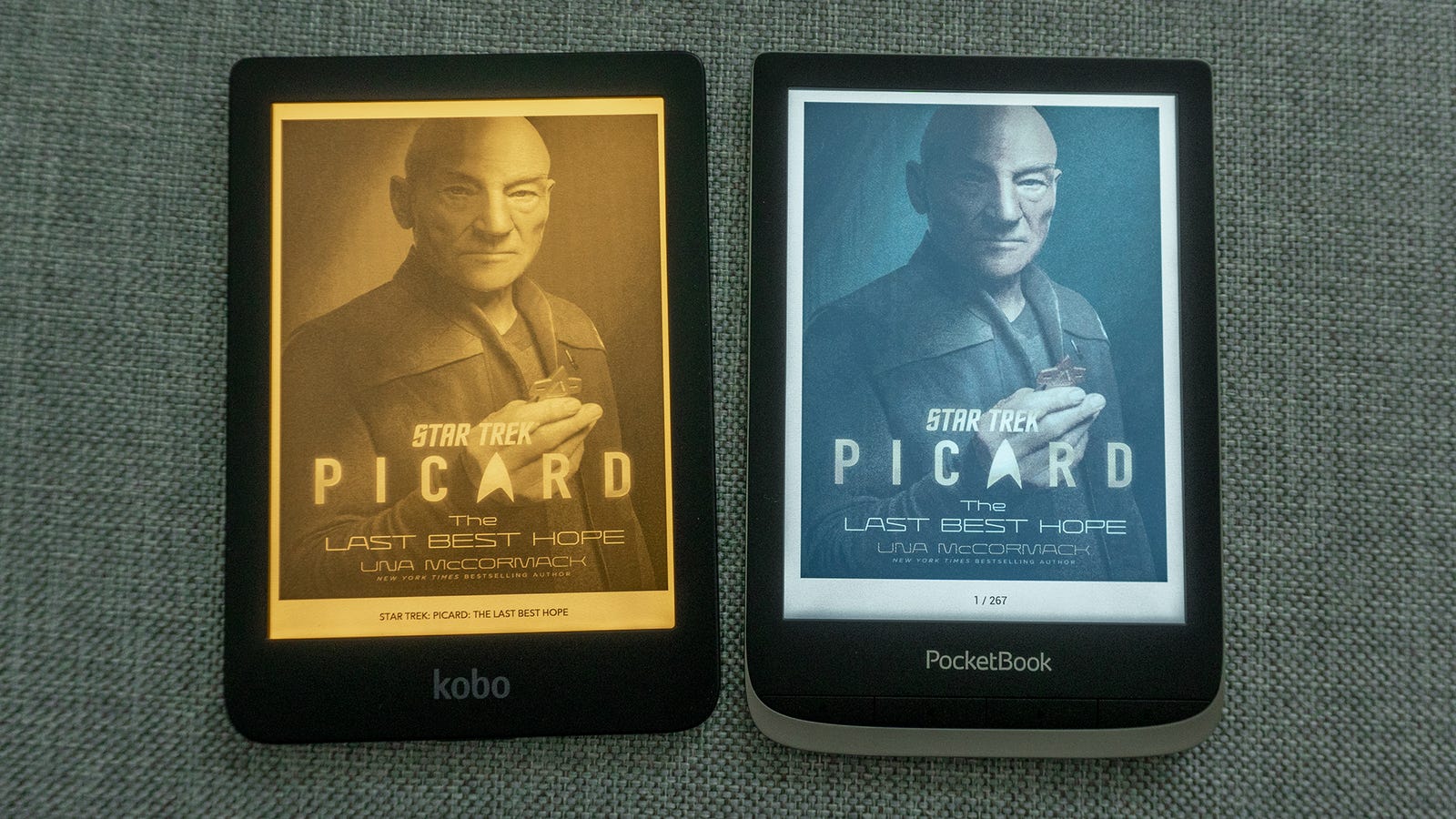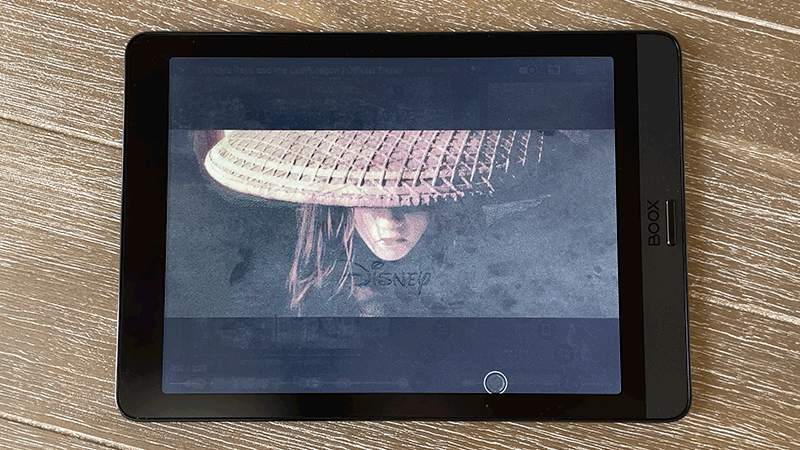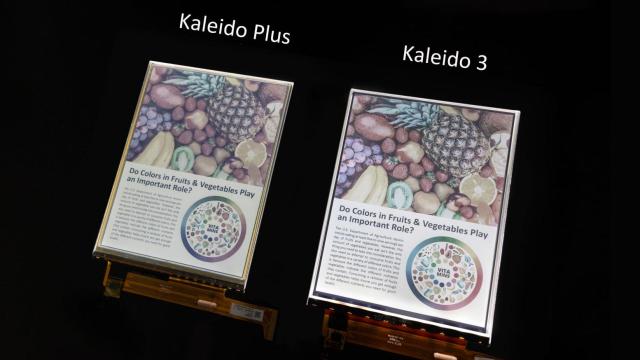After revealing a new and improved version of its e-paper colour displays for use in signage and digital posters a few weeks ago, E Ink is now giving us a look at a new version of its colour e-paper designed for use in e-readers and e-notes. The latest upgrades could make the new display tech an interesting alternative to LCDs and OLEDs in other devices.
Back in September of 2020, we went hands-on with the first consumer-ready devices that used E Ink’s first-generation colour electronic paper display technology known simply as Kaleido. Both the PocketBook Colour e-reader and the Hisense A5C smartphone felt revolutionary after having only black and white electronic paper displays to stare at for almost two decades.

But at the same time, E Ink’s colour e-paper screens were far from perfect, requiring a strong light source (like the sun) for maximum colour saturation, and backlighting that had no warmth adjustments to ensure colour reproduction remained accurate. The screens were still easier on the eyes for prolonged periods than LCDs or OLEDs can be, but Kaleido wasn’t quite ready to replace either altogether.
Kaleido was followed by Kaleido Plus which offered some key improvements, but it is now being replaced by the freshly announced Kaleido 3. We haven’t had a chance to go eyes-on with Kaleido 3 just yet, but according to E Ink, “by optimising the design of the ePaper module structure, E Ink Kaleido 3 has increased its colour saturation by 30 per cent compared to the previous generation.” That’s not a stark contrast on paper (pun intended) and Kaleido 3 still only supports 4,096 colours, but in person, the improvements between versions are usually far more obvious.
E Ink also claims that Kaleido 3, which will be available in three sizes (7.8-inch, 10.3-inch, and 13.3-inch) for everything from e-readers to larger tablets, employs a new front light technology that reduces the amount of blue light bouncing off the screen to make reading easier at night without resorting to warmer colour temperature options for the LEDs which would throw off the accuracy of the colours being displayed.

The most interesting upgrade with Kaleido 3 is that E Ink claims the responsiveness of the display has been improved which “enables the module to play animations and videos, providing new options for digital reading and writing in educational and professional applications.” Watching videos on a device using a Kaleido Plus display wasn’t impossible, but it wasn’t an entirely pleasant experience either, so we’re cautiously optimistic about whether or not the Kaleido 3 display can be used for more than just reading or taking notes.
